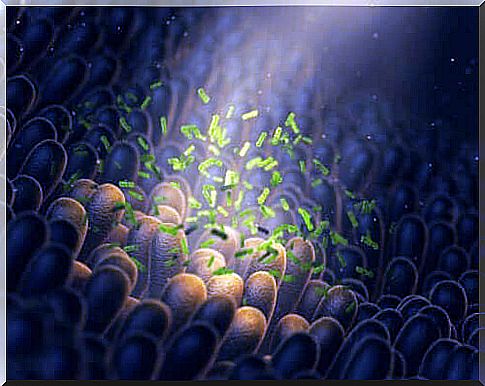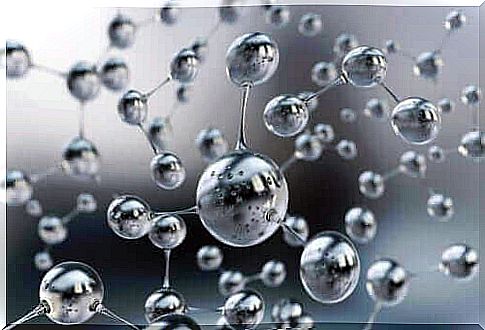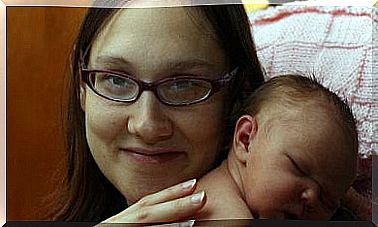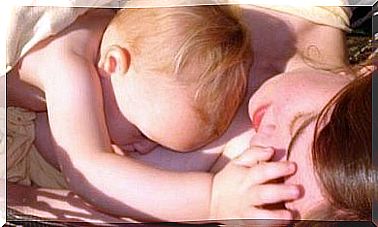Prebiotics In Breast Milk: How Do They Work?

Typically, people think of prebiotics as soluble fiber compounds that, once ingested, cannot be digested during their passage through the upper gastrointestinal tract. When the prebiotics then reach the large intestine, the bacteria that live there and can process this fiber use it as an energy source. As a result, prebiotics in breast milk stimulate the growth of populations of gut bacteria.
Prebiotics are often confused with probiotics
As their names suggest, prebiotics and probiotics are related. However, it is important to understand their differences. Probiotics are by definition living micro-organisms that have a positive influence on health. Some of them are lactobacilli and bifidobacteria (both belong to the group of lactic acid bacteria) and saccaromyces (a genus of fungi).
Furthermore, prebiotics are not bacteria. They are compounds that provide the food source that allows probiotics to live and multiply in the colon. Prebiotics are substances that serve as food for probiotics.

Why are bacteria that live in your gut important?
First, they are very numerous. Bacteria make up the bulk of the intestinal flora. They represent more than half of the dry mass of the stool.
On the other hand, their composition is highly variable. The gut microbiota consists of more than a thousand species. Nevertheless, experts recognize that there is a numerical predominance of about 30 or 40 species in each person.
Their importance lies in the fact that a large number of microorganisms form an extraordinarily mature ecosystem that is resistant to external changes. ‘Intestinal homeostasis’ is the medical term for this balance.
Exposure to antibiotics, intestinal infections, or dietary changes can alter this homeostasis. Scientific evidence links the imbalance of the gut microbiota to a long list of diseases. To restore this balance, the patient may take prebiotics and probiotics and, in severe cases, require a fecal microbiota transplant (FMT).
Breast milk is rich in prebiotics and probiotics
Currently, science recognizes that breast milk is an irreplaceable factor in the development, development and composition of a baby’s intestinal flora.
Nowadays, not many people know that breast milk contains a large number of lactic acid bacteria that the mother gives to her baby to start the intestinal colonization. It is estimated that babies consume about 800 milliliters of breast milk per day and ingest between 100,000 and 10 million bacteria per day.
In addition, the mammary glands produce a unique repertoire of prebiotic compounds: oligosaccharides. The combined intake of prebiotics and probiotics helps ensure that ‘good bacteria’ colonize the baby’s gut.
The carbohydrates of milk can be made up of a single sugar molecule: monosaccharides. For example, think of glucose, galactose and fructose. Oligosaccharides are composed of five types of monosaccharides, which randomly combine to form linear or branched structures.

Surprising data on prebiotics in breast milk
The growing effect that breast milk exerts on lactic acid bacteria is not related to a single substance, but to several factors. In particular, the prebiotic effect of breast milk has been attributed to the low protein and phosphate concentration and the presence of lactoferrin, lactose, nucleotides and oligosaccharides.
Experts still do not know the actual role of each of these substances, with the exception of oligosaccharides, the most studied group.
However, experts don’t know the meaning behind the fact that the vast repertoire of oligosaccharides varies from woman to woman and, in the same woman, from one lactation stage to another.
In this regard, they estimate that the estimated number of oligosaccharides can range from about 150 compounds to hundreds of thousands. Within this area, researchers also know that the galactooligosaccharides (GOS) array predominates.
Additional functions that provide the oligosaccharides of breast milk
The repertoire of oligosaccharides in breast milk is inimitable. Several studies have shown that these compounds are not only food for bacteria, but can also perform other functions:
For example, they can mislead viruses and pathogenic bacteria. Some variants mimic intestinal wall oligosaccharides, the very ones that pathogens use to invade healthy cells. When the pathogen steps in, infection is prevented.
They can also regulate the activation of immune cells.









